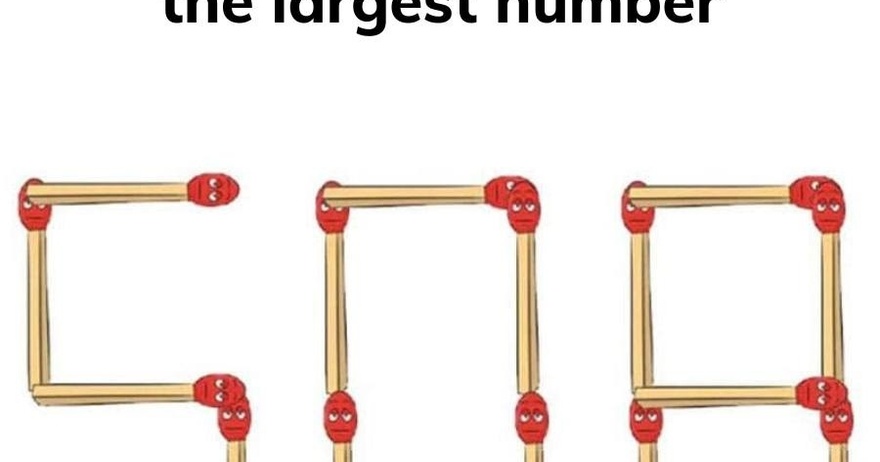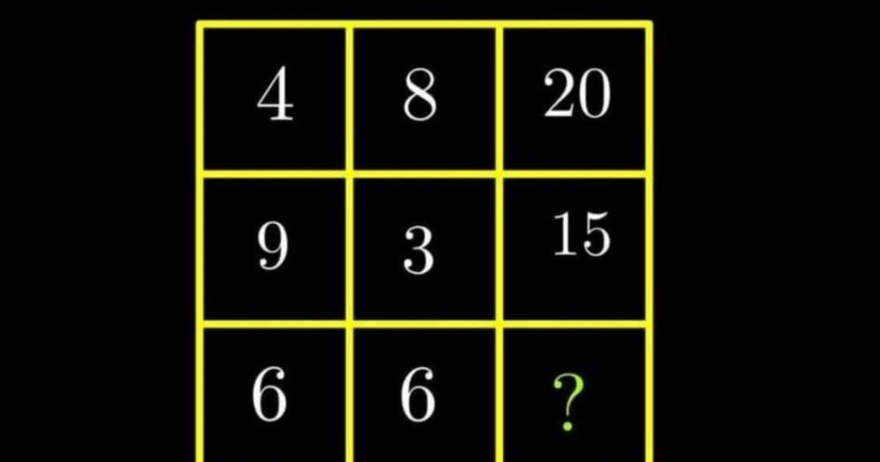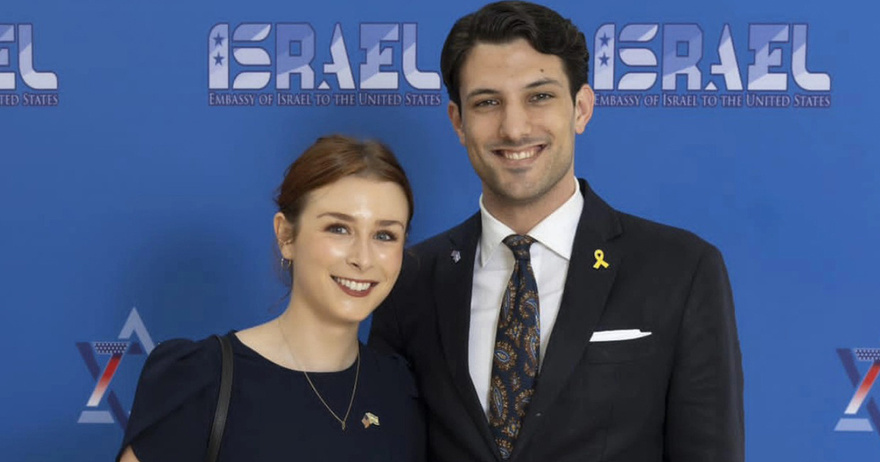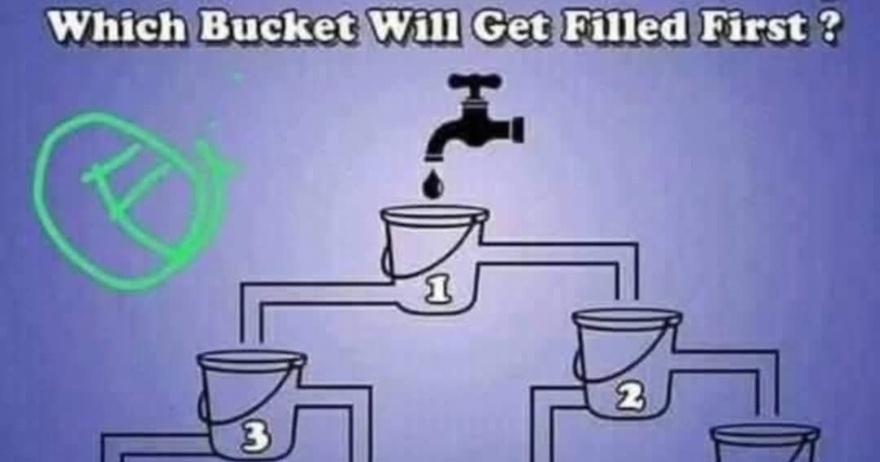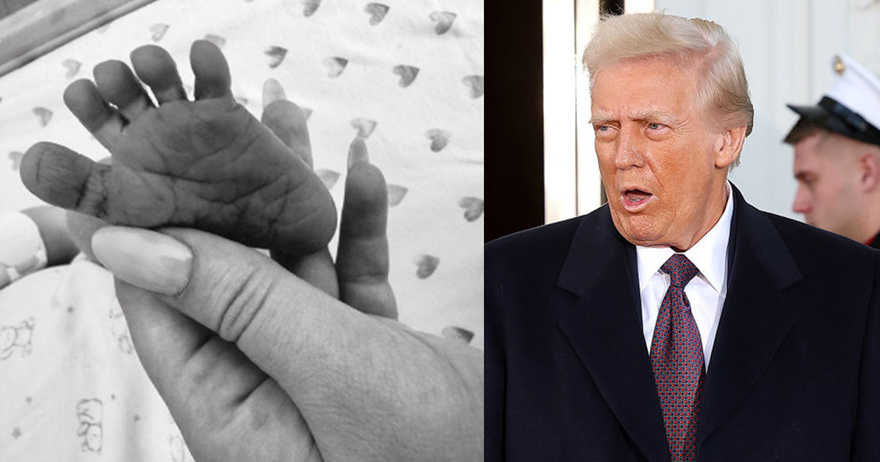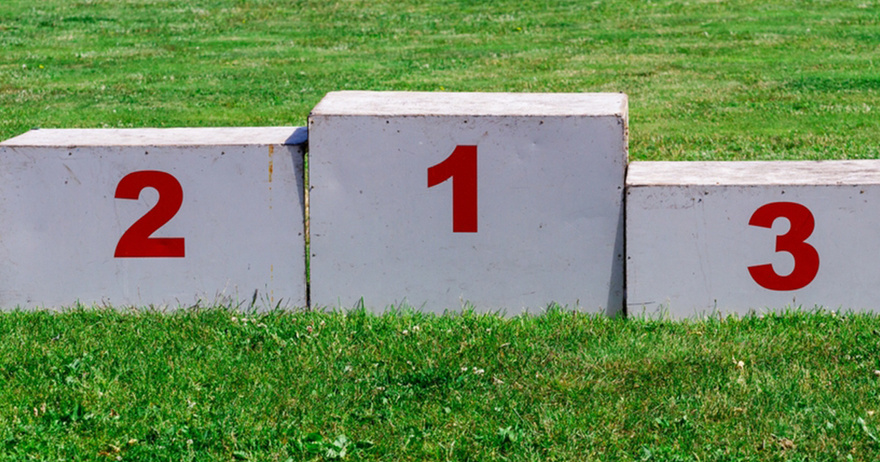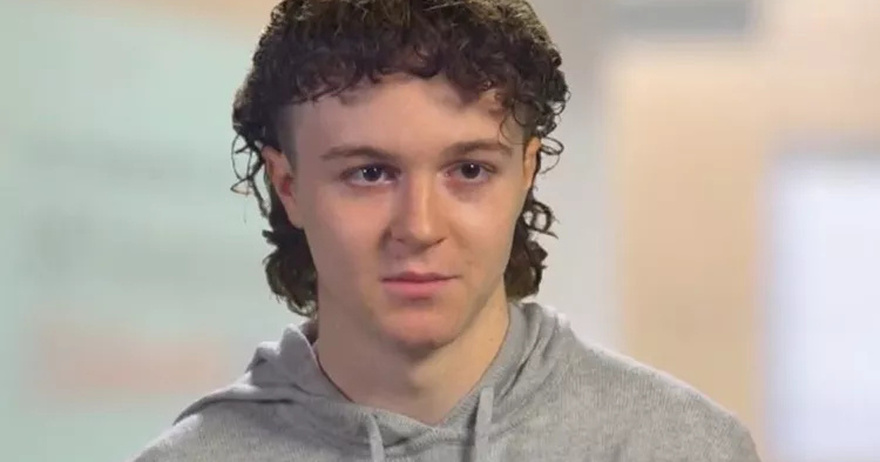The answer: Take the top and bottom sticks from the number 0 and place the number 1 in front of the number 5 – then rotate it, and you’ll get 81151
Brain teasers are always a fun way to challenge the mind and improve problem-solving skills. One puzzle that has been making the rounds lately asks you to move two matchsticks in order to create the largest possible number. It might sound simple at first, but the solution is a bit more complex and clever than you might expect.
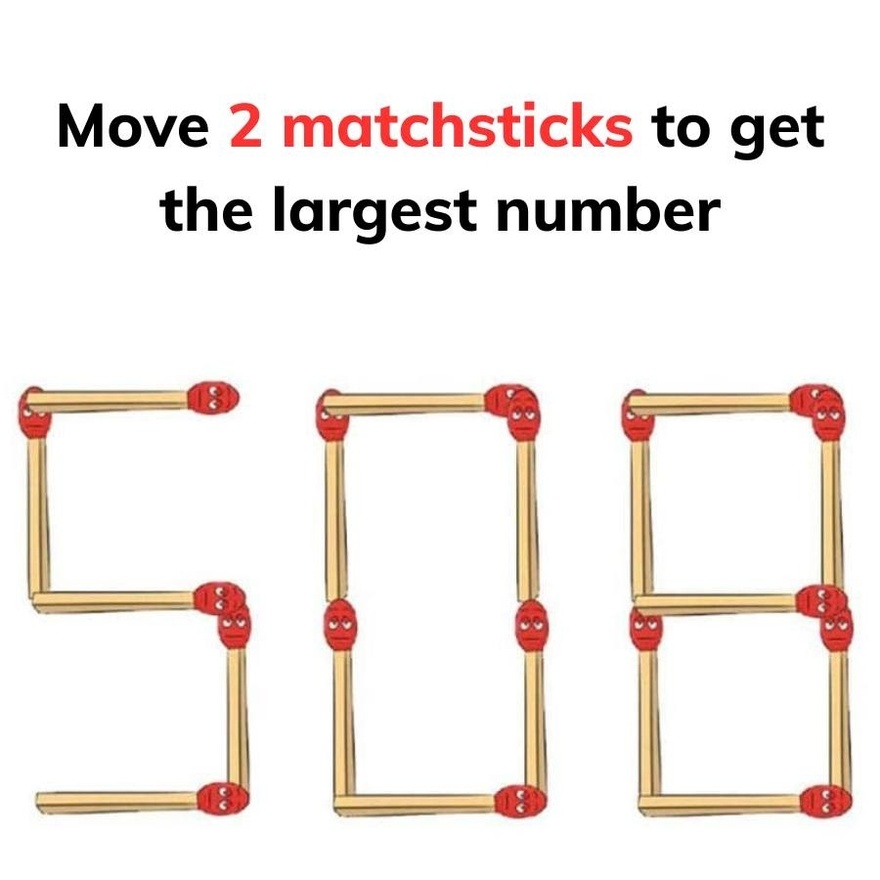
Here’s how the puzzle works: you are given a number made out of matchsticks, typically something like “508” or “105.” The goal is to rearrange just two of the matchsticks to form the largest number possible. While you might first think of adding sticks to make traditional numbers like 9 or 6, the real trick lies in using creativity and spatial reasoning.
So, what’s the solution? In this case, you take the top and bottom matchsticks from the number 0 and place them in front of the number 5. This forms the number 1 in front of the 5. But there’s another step to complete the puzzle. Once you have placed the matchsticks to form 1, you rotate the whole figure, and what you get is the number “81151.”
This brain teaser is a great example of how puzzles can be solved with a bit of outside-the-box thinking. Instead of just moving matchsticks to create familiar numbers, the solution requires you to manipulate the arrangement and orientation to achieve the largest possible number.
Not only do puzzles like this one provide a fun mental exercise, but they also help improve cognitive skills like spatial awareness, pattern recognition, and lateral thinking. The simplicity of the challenge – move just two matchsticks – hides the complexity of the final answer, making it a satisfying puzzle to solve.
Whether you’re someone who loves tackling brain teasers or just enjoy a casual challenge, moving matchstick puzzles like this one offer a great way to test your problem-solving abilities. Plus, sharing the solution with friends can spark lively conversations as they try to figure out how you arrived at such a high number by only moving two matchsticks.
